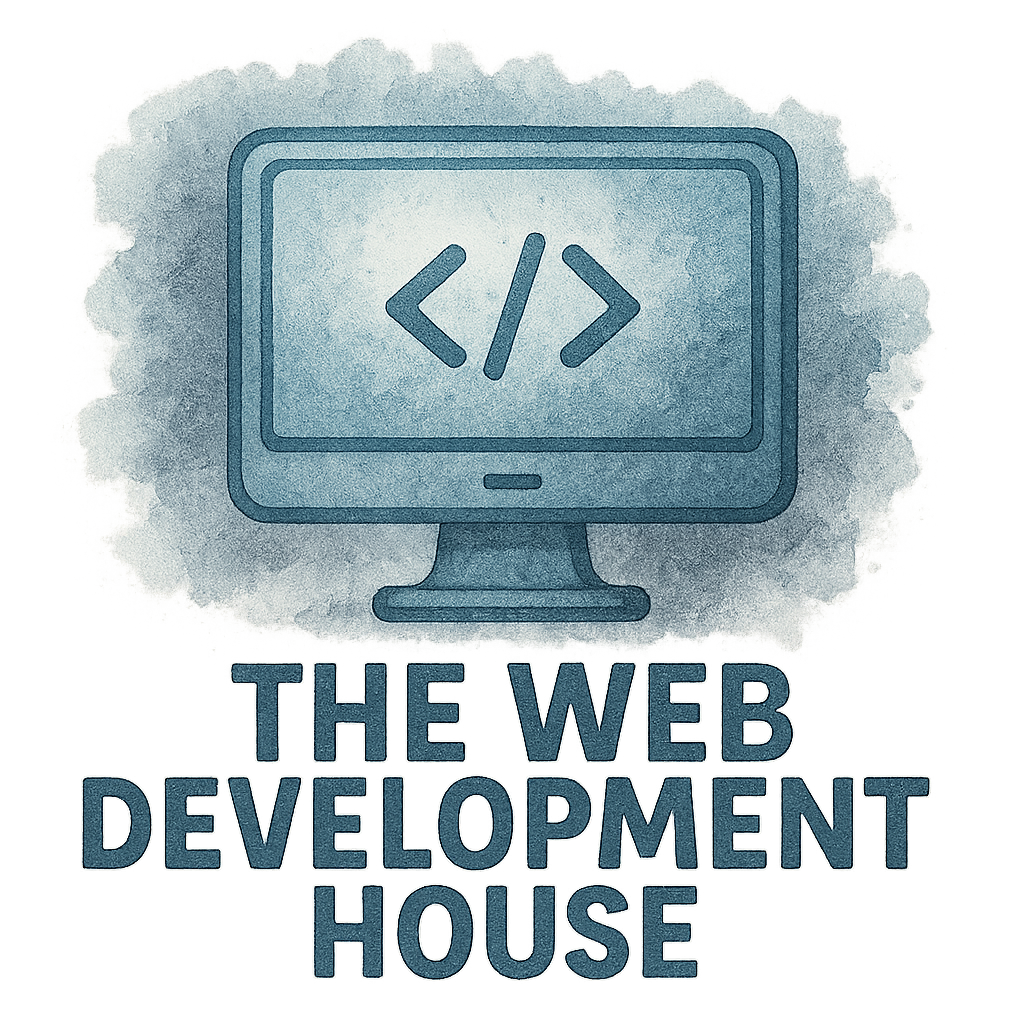Introduction to CSS Selectors
If you’re just dipping your toes into web development, you’ve probably already heard about CSS. It’s the magic ingredient that takes a plain HTML page and turns it into something visually appealing. But here’s the kicker: without CSS selectors, you wouldn’t be able to tell your styles where to go. Selectors are like the GPS system of your website—they guide your design rules to the right elements.
Why CSS Selectors Matter in Web Development
CSS and the Foundation of Web Styling
Imagine having a house (your HTML) with no paint, furniture, or decorations. That’s what a website looks like without CSS. Selectors are the tools you use to decide which walls to paint, which rooms to decorate, and which doors to polish.
How Selectors Simplify Design
Rather than applying styles one by one, CSS selectors let you apply rules across multiple elements. It’s like flipping one switch and lighting up a whole street instead of turning on each lamp manually.
The 7 Essential CSS Selectors
1. The Universal Selector (*)
The universal selector targets every element on a page.
When to Use the Universal Selector
It’s great for resetting default browser styles or applying base styles to all elements. For example:
* {
margin: 0;
padding: 0;
}
Common Mistakes to Avoid
Don’t overuse it—it can slow down performance by applying styles to everything, even when unnecessary.
2. Type Selector (Element Selector)
This selector targets HTML tags directly, like p, h1, or div.
Practical Examples in Real Projects
If you want all your paragraphs to have the same font, you’d use:
p {
font-size: 16px;
line-height: 1.5;
}
Benefits for Beginners
It’s simple, intuitive, and helps you understand the basics of how CSS connects to HTML.
3. Class Selector (.)
Classes are the backbone of modern styling. You can assign a class to multiple elements and style them consistently.
Why Classes Are Vital for Modern Web Design
Classes make your design reusable. Want all buttons on your site to look the same? Assign them a class like .btn.
Reusability and Scalability
If you later decide your buttons should be red instead of blue, just change the .btn class, and every button updates automatically.
4. ID Selector (#)
IDs are unique and apply to one element only.
Difference Between Class and ID
Think of IDs as social security numbers (unique) and classes as club memberships (shared by many).
When to Use IDs Effectively
IDs are perfect for navigation anchors or targeting a specific element like a header logo.

5. Descendant Selector ( )
This selector targets elements inside another element.
Styling Elements Inside Other Elements
For example, you can style all p tags inside a div:
div p {
color: gray;
}
Nested HTML Example
If your HTML has sections with multiple child elements, descendant selectors help you manage styling more efficiently.
6. Child Selector (>)
This one’s a bit stricter—it only applies to direct children.
Difference Between Descendant and Child Selector
Descendant selectors apply to all nested elements, while child selectors apply only to immediate children.
Real-World Use Cases
Think of a blog post layout. You may want only the first-level list items to have bullets, not the nested ones.
7. Grouping Selector (,)
This selector allows you to style multiple elements with the same rules.
Writing Clean, Efficient Code
Instead of repeating yourself, you can write:
h1, h2, h3 {
font-family: Arial, sans-serif;
}
Shortcuts for Productivity
Grouping selectors cut down on clutter and improve readability.
Best Practices for Using CSS Selectors
Keep Your CSS Organized
Use comments, separate files, and logical grouping to avoid confusion.
Avoid Overusing IDs
Stick to classes for reusable styles. IDs should be rare.
Leverage Classes for Scalability
Classes give you flexibility and consistency, especially in larger projects.
Common Mistakes Beginners Make with CSS Selectors
Too Much Specificity
Overly specific selectors make your CSS harder to maintain.
Ignoring Inheritance
Remember that styles cascade—child elements often inherit from parents.
Mixing Inline CSS with Selectors
Avoid inline CSS; it breaks consistency and clutters your code.
Advanced Selectors to Explore Later
Attribute Selectors
Target elements based on attributes like input[type="text"].
Pseudo-classes and Pseudo-elements
Learn selectors like :hover, :nth-child(), and ::before for more control.
How CSS Selectors Fit into Web Development Projects
CSS Selectors in Web Development Teams
In collaborative projects, selectors ensure consistent design. See more on web development.
UI/UX Design and CSS Selectors
Selectors play a big role in UI/UX design by ensuring elements behave predictably.
CSS Selectors in Mobile Development
They’re also crucial in mobile development for responsive layouts.
Tools and Resources for Practicing CSS Selectors
Online Sandboxes (CodePen, JSFiddle)
Experiment in a safe space and see changes instantly.
Documentation and Tutorials
Follow guides and best practices to improve your skills.
Learning with Real Projects
Join a development house project or practice with personal sites.
Conclusion
CSS selectors are the building blocks of great design. Mastering these seven basics sets you up for success in web development, UI/UX, and even mobile design. Think of them as the ABCs of styling—you’ll use them every day. So, practice, experiment, and don’t be afraid to make mistakes.
FAQs
- What are CSS selectors in simple terms?
They’re patterns used to target and style specific HTML elements. - Which CSS selector should I learn first?
Start with type selectors, then move to classes—they’re the most commonly used. - Can I use multiple selectors together?
Yes, you can chain or group selectors for more specific styling. - Why avoid using too many IDs?
They’re unique and can create conflicts, making your CSS harder to manage. - Are selectors the same in mobile development?
Yes, but you’ll often use them with media queries for responsive design. - Do selectors affect website speed?
Overusing universal selectors or overly complex ones can slow rendering slightly. - Where can I practice CSS selectors?
Try platforms like CodePen or work on small projects within your own startup.

